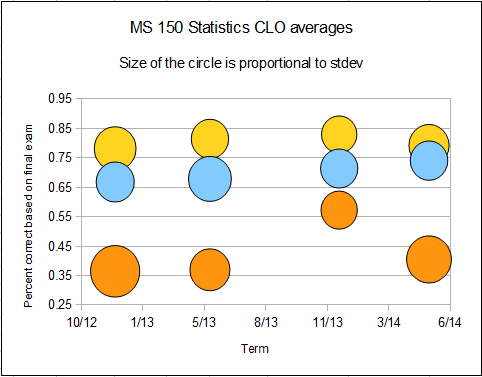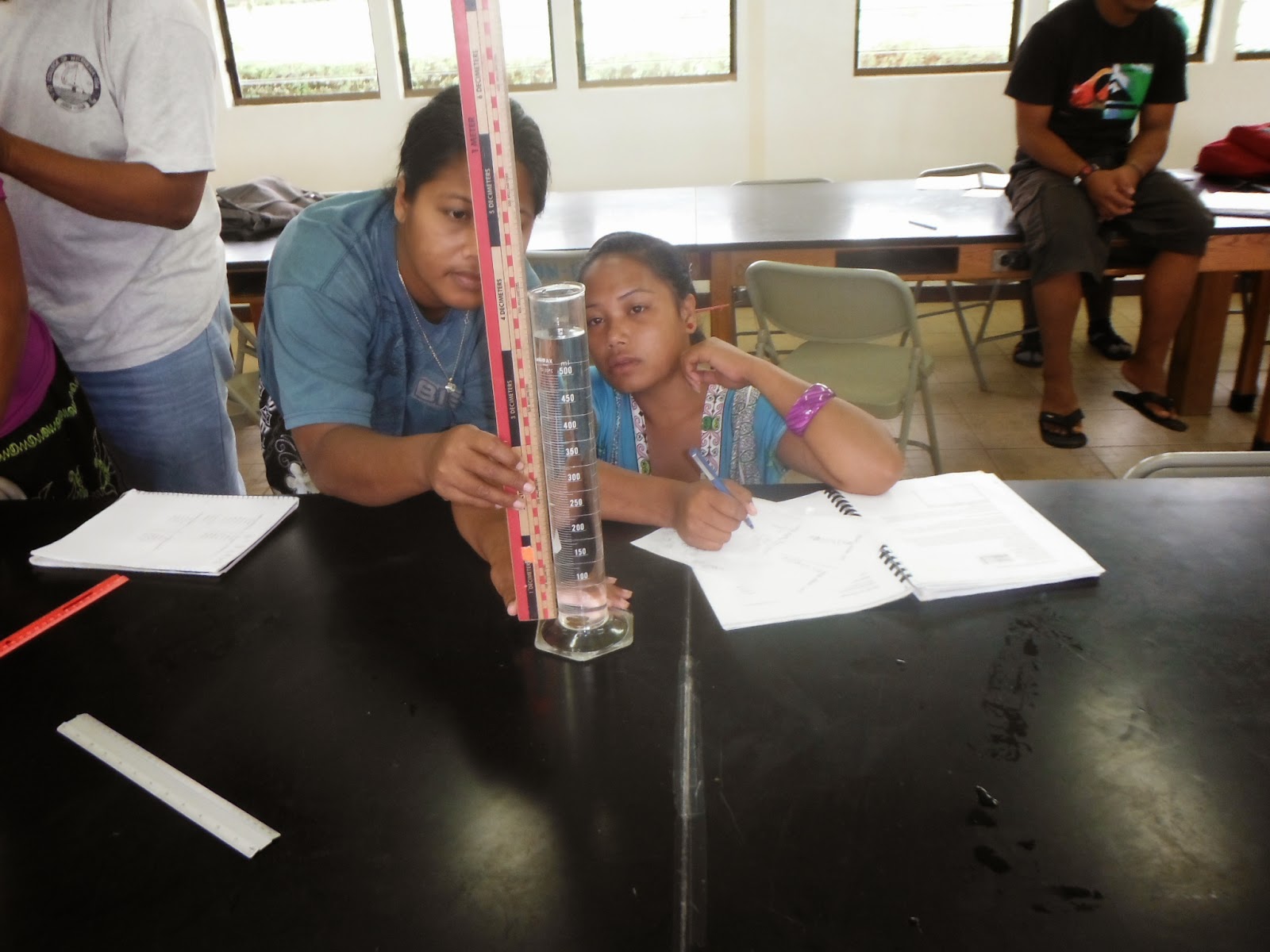Notes from the Northern Pacific Environmental Health Association Strategic Planning Meeting

These are my own rough and unofficial notes from the Northern Pacific Environmental Health Association Strategic Planning Meeting held on Pohnpei in May 2014. There was a need identified to bring key actors together to develop a strategic plan. Environmental health touches on many areas – waste management, water, climate change, occupational safety. Consultants in health adaptation for climate change, specialists on vector borne diseases, specialists who advocate community based approaches. Environmental health has a WHO definition . Includes human health, quality of life, that are determined by chemical, physical, biological, social and psychosocial factors in the environment. Assessing, correcting, controlling, and preventing those factors in the environment that can potential affect adversely the health of present and future generations. Environmental health addresses all the physical, chemical, and biological factors external to a person, and all the related factors impac





